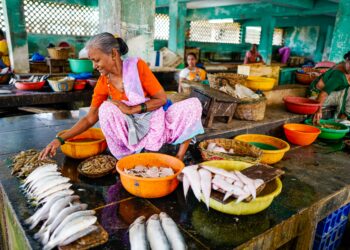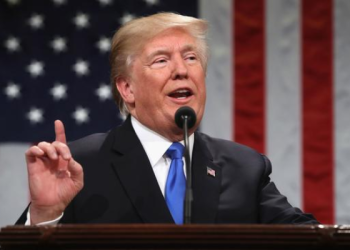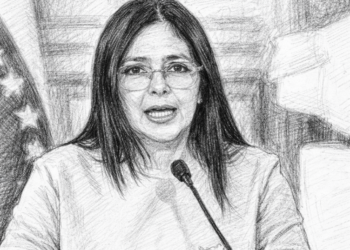After six weeks of voting, the results of India’s general election are expected to be announced on Tuesday. This election has been one of the most intense in recent history, not only due to political stakes but also due to the extreme heatwave that claimed the lives of more than 30 electoral officials.
Why It Matters
This election is critical as Prime Minister Narendra Modi seeks a third term in office. The high turnout, with over 640 million Indians voting, underscores the democratic engagement in the world’s largest democracy. However, the severe heatwave has highlighted the growing impact of climate change on democratic processes and public health.

Heatwave Impact
Deaths and Regional Effects
The northern part of India has been the most affected by the heatwave, which has killed over 61 people, including 30 electoral workers, according to the New York Times. Temperatures soared to as high as 47 degrees Celsius. The government advised residents in the cities of Jharsuguda and Odisha to stay indoors during the day to avoid heatstroke. In Uttar Pradesh’s Mirzapur district, 13 people are suspected to have died from heatstroke.
In Bihar state, 14 fatalities were reported due to extreme heat. Deaths also occurred in the districts of Bhojpur, Rohtas, Kaimur, and Aurangabad. The Election Commission of India is still counting the number of heat-related deaths.
Election Process
Despite the extreme weather conditions, the 2024 election is considered a success in terms of peacefulness and logistical operations. This is significant in a region often plagued by political turmoil. The fact that the electoral process continued nearly undisrupted by the heatwave marks a historic moment since the country became a republic 75 years ago.
Bottom Line
India’s 2024 general election has been a testament to the resilience of its democratic processes in the face of climate challenges. While the high voter turnout and largely peaceful elections are commendable, the tragic deaths due to the heatwave underscore the urgent need for measures to protect public health and ensure safe voting conditions in future elections.

















